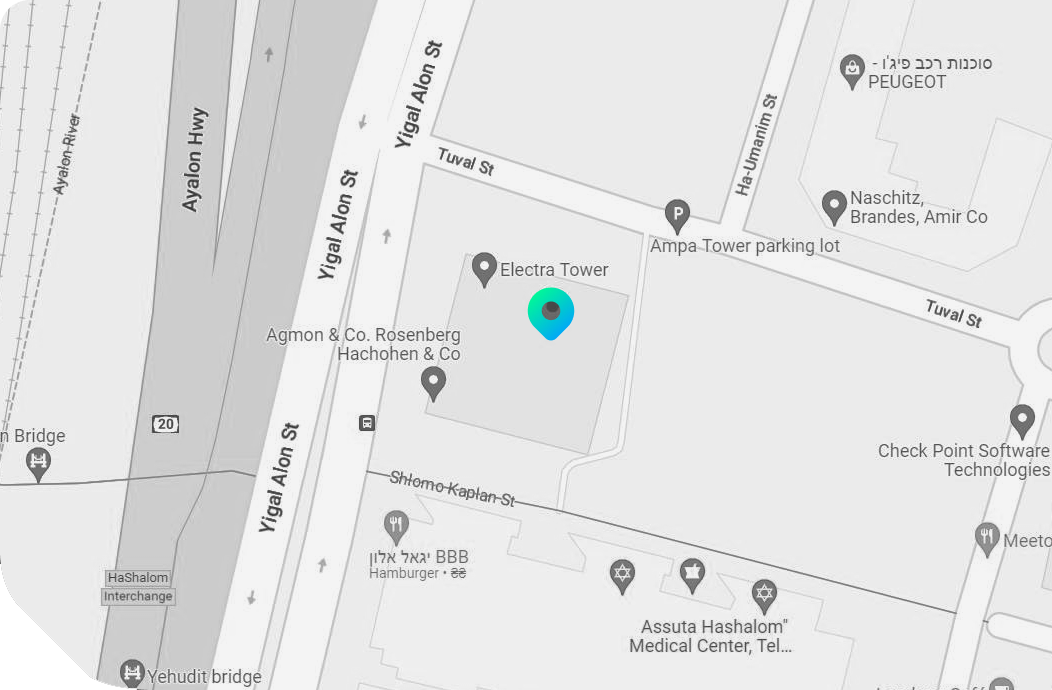Blog

Mitigating Risk: How Payment Solution Providers Assess Business Risk Levels
This article explores the methods and strategies that payment solution providers use to assess the risk levels of businesses, and offers insights and guidance for businesses looking to improve their risk management practices and build stronger relationships with their payment solution providers.
As the world becomes increasingly digitized, businesses of all sizes are turning to payment solution providers to handle their payment processing needs. These providers offer a range of services, from credit card processing to online payments, and are a vital component in the modern business landscape. However, with the rise of online fraud and other risks, payment solution providers must carefully assess the risk level of the businesses they work with to ensure that they are protected against potential financial losses.
The process of assessing business risk level is a critical part of payment processing, and involves a thorough evaluation of a company’s financial stability, industry reputation, and history of payment processing. Here’s a closer look at how payment solution providers assess business risk level, and the factors they consider when evaluating a company’s risk profile.
One of the most important factors that payment solution providers consider when assessing business risk level is financial stability. This includes a company’s credit score, cash flow, and other financial indicators that can help determine the likelihood of payment default or other financial risks. In general, payment solution providers will require that businesses have a strong credit score, steady revenue streams, and a positive payment history before they will work with them.
In addition, payment solution providers may also look at other financial indicators, such as debt-to-equity ratio, current assets and liabilities, and other factors that can provide insight into a company’s financial stability. These metrics can help payment solution providers gauge the overall financial health of a business, and determine the level of risk that comes with working with that company.
Another critical factor that payment solution providers consider when assessing business risk level is industry reputation. This includes an evaluation of a company’s standing within its industry, as well as its reputation with customers and other stakeholders. Payment solution providers may look at online reviews, social media mentions, and other indicators of a company’s overall reputation to determine whether they are a trustworthy and reliable partner for payment processing.
In addition, payment solution providers may also look at a company’s history of regulatory compliance and other factors that can impact their reputation within their industry. This can include things like past legal issues, regulatory fines, and other factors that can indicate a higher level of risk for payment solution providers.
Another key factor that payment solution providers consider when assessing business risk level is a company’s history of payment processing. This includes a review of a company’s past payment processing activity, including chargebacks, refunds, and other payment-related issues. Payment solution providers will generally look for a consistent history of successful payment processing, as well as a low rate of chargebacks and other payment disputes.
If a company has a history of payment processing issues, payment solution providers may be more cautious when working with them, and may require additional safeguards or security measures to reduce the risk of financial losses.
Finally, payment solution providers will also consider the type of business that they are working with when assessing business risk level. Certain industries and business models are inherently riskier than others, and payment solution providers may adjust their risk assessment criteria accordingly.
For example, high-risk industries like adult entertainment, online gambling, and CBD oil sales are typically considered to be riskier than other types of businesses, and payment solution providers may require additional security measures or other safeguards to reduce the risk of payment processing issues.
In addition, payment solution providers may also take into account the size of the business and its overall revenue streams. Larger businesses with established revenue streams are generally considered to be lower risk than smaller startups, and may be subject to different risk assessment criteria as a result.
Overall, the process of assessing business risk level is a critical part of payment processing, and involves a comprehensive evaluation of a company’s financial stability, industry reputation, and payment processing history. By carefully evaluating these factors, payment solution providers can make informed decisions about which businesses to work with, and take steps to mitigate potential risks and prevent financial losses.
It’s important to note that the risk assessment process is not a one-time event. Payment solution providers must continuously monitor and evaluate the risk level of the businesses they work with, as the risk landscape is constantly evolving. This includes regularly reviewing a company’s financial and payment processing activity, as well as keeping up-to-date with industry trends and emerging risks.
In addition, payment solution providers must also be proactive in implementing security measures and other safeguards to reduce the risk of payment processing issues. This can include things like two-factor authentication, fraud detection tools, and other security features that can help prevent online fraud and other risks.
Ultimately, the process of assessing business risk level is a critical component of payment processing, and plays a key role in protecting both payment solution providers and the businesses they work with. By carefully evaluating a company’s financial stability, industry reputation, and payment processing history, payment solution providers can make informed decisions about which businesses to work with, and take steps to mitigate potential risks and prevent financial losses.
However, it’s important to note that the risk assessment process is not foolproof, and payment solution providers must remain vigilant and proactive in addressing emerging risks and staying up-to-date with industry best practices. By working closely with their partners and keeping a close eye on evolving risk factors, payment solution providers can continue to provide reliable, secure payment processing services to businesses of all sizes and types.
